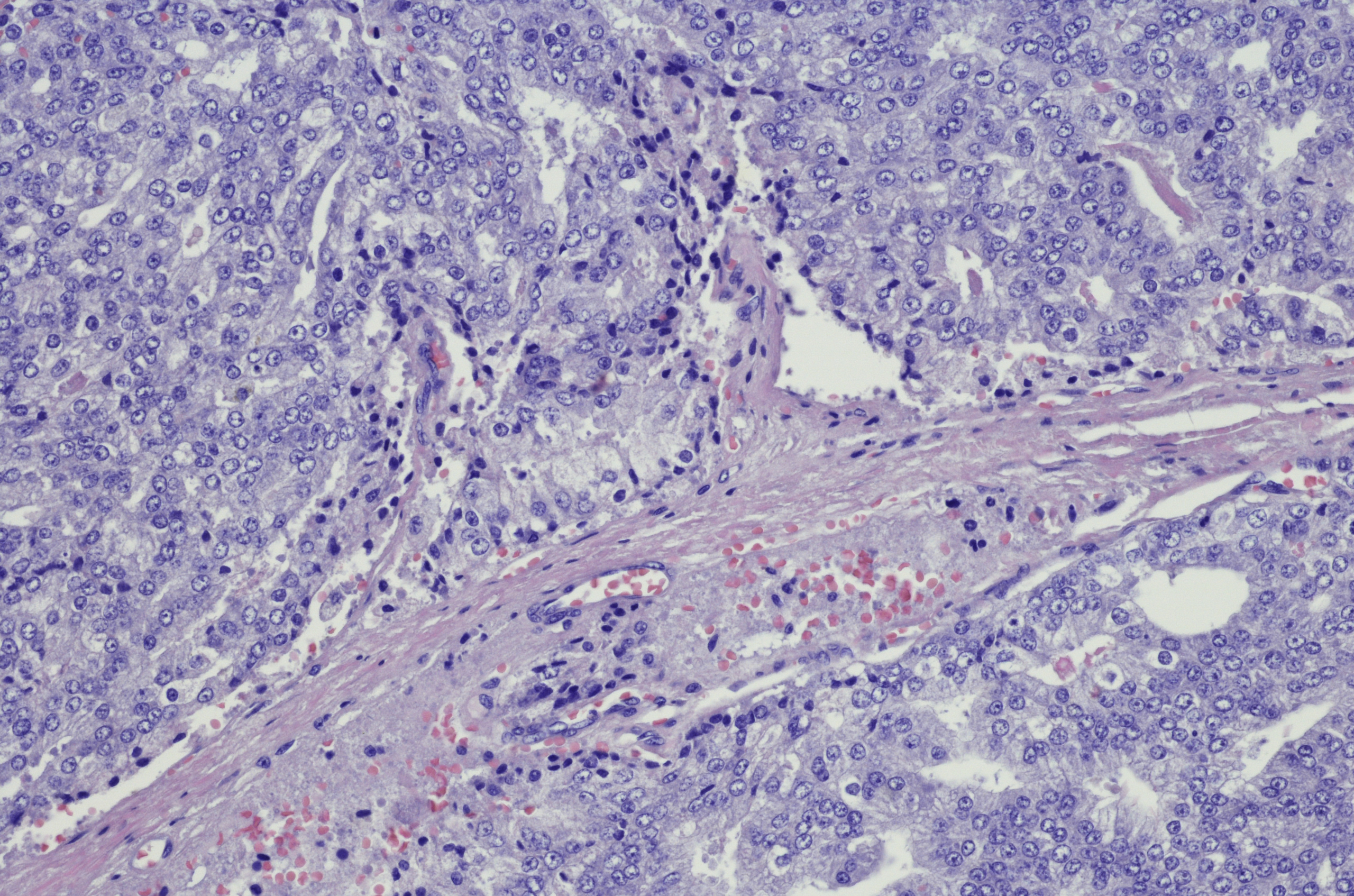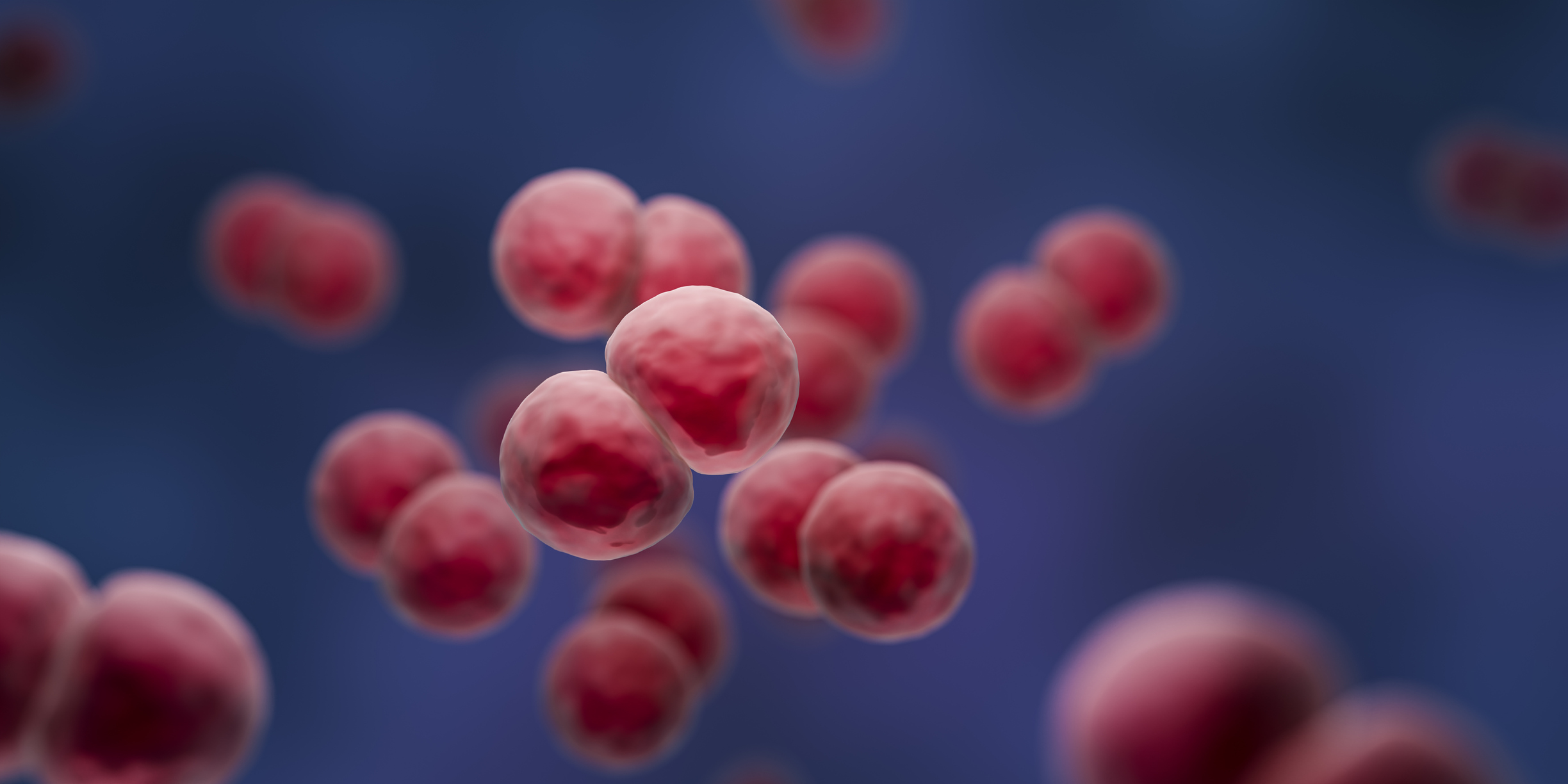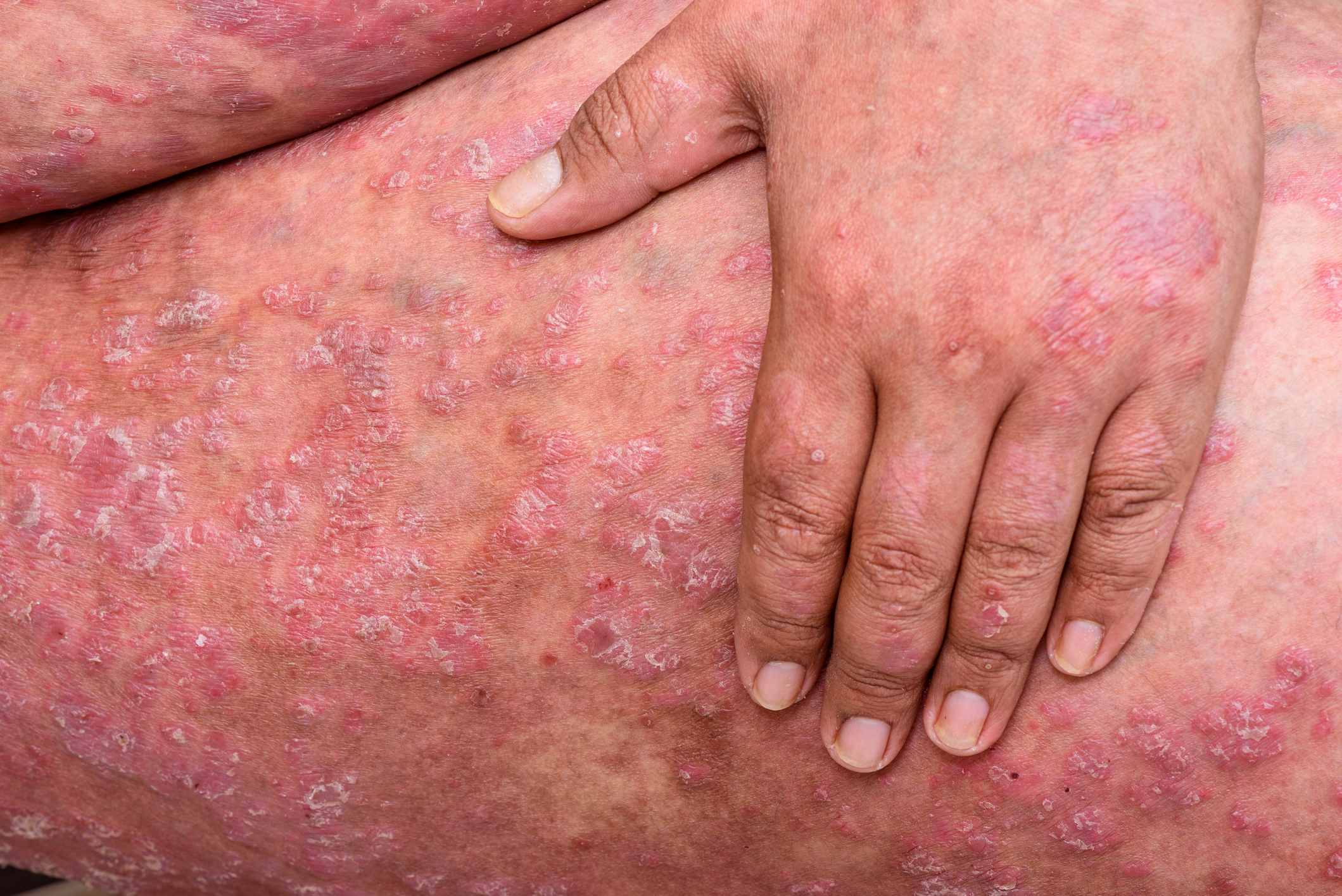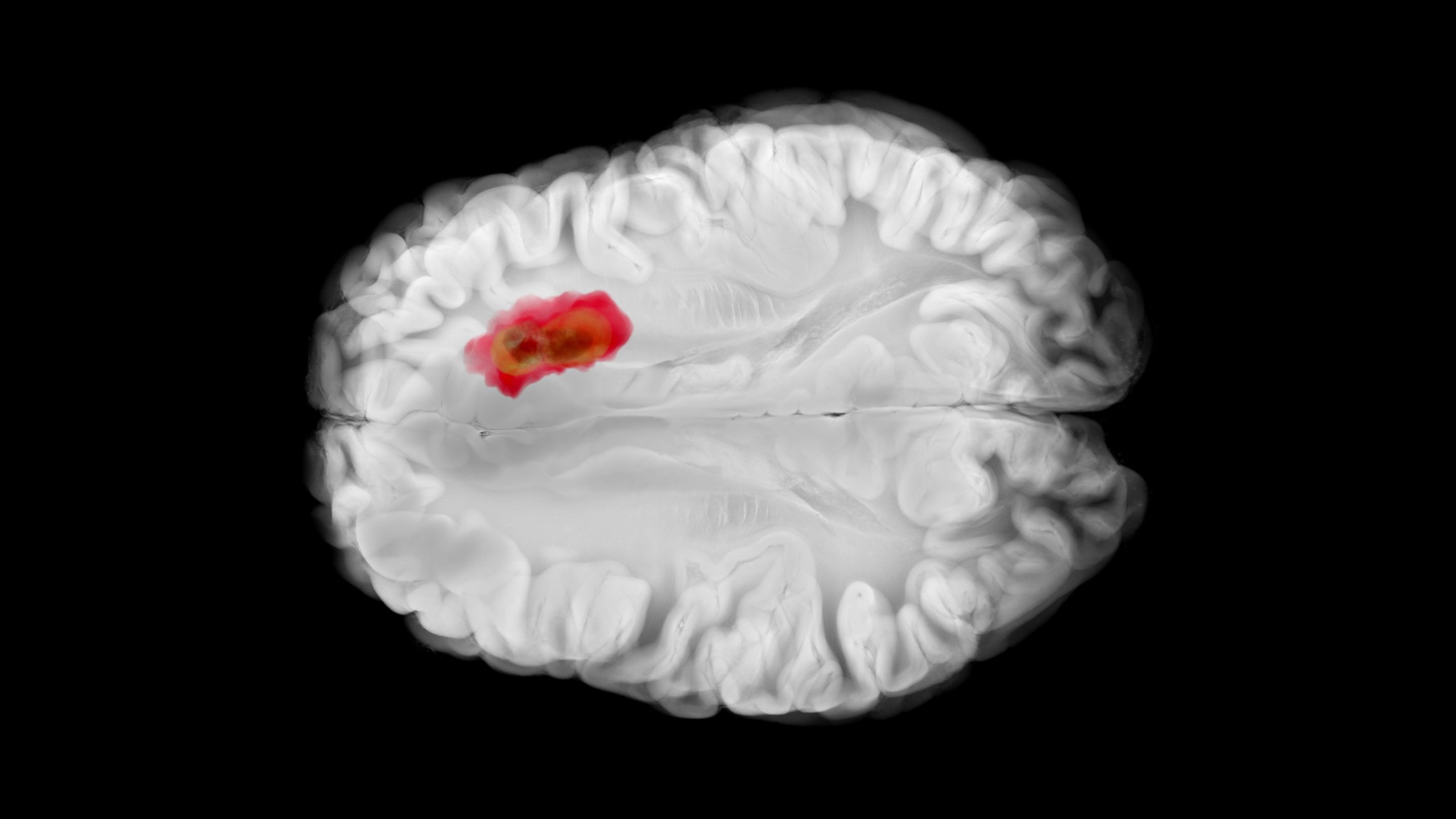More than 300 physicians and researchers from 40 countries met in Copenhagen from June 7-11, 2014, at the Congress of the European Academy of Allergy and Clinical Immunology. In addition to educational activities and the presentation of research results, the “Global Atlas of Allergy”, a comprehensive document on the worldwide significance of allergic diseases, was also presented at the congress.
(ee) Allergic diseases have become a true epidemic: In some countries, more than half of the population is already sensitized. Therefore, allergies are nowadays a worldwide problem of general public health. The European Academy of Allergy and Clinical Immunology (EAACI) called on all leading institutions worldwide to create an Allergy World Atlas. The document was launched during the EAACI 2014 Annual Congress (Fig. 1) . Written by the 170 key opinion leaders, the atlas covers all aspects of allergic diseases, from genetic predispositions, mechanisms, risk factors and epidemiology to diagnosis, treatment and prevention. It introduces the new concept of a comprehensive global strategy against the epidemic occurrence of allergies, involving coordinated actions by various institutions.

The document highlights the difficulties in dealing with allergic diseases. Many developing countries are particularly affected by these problems due to inadequate medical care, heterogeneous populations, and the lack of continuing education programs for medical providers and patients. In addition, the World Health Organization’s list of mandatory medications includes only a few drugs for the treatment of allergic diseases, and allergen immunotherapy (the only intervention option that alters the natural course of allergies) is listed as having limited access. In addition, the need for optimized continuing education about allergies and their treatment is emphasized. The editors are also from Switzerland (Cezmi A. Akdis, Swiss Institute for Allergy and Asthma Research, University of Zurich, and Christine Kühne, Center for Allergy and Asthma Research, Davos), among others. The World Atlas is available for download as a PDF document from the EAACI website: www.eaaci.org/globalatlas/GlobalAtlasAllergy.pdf.
Smoking parents – allergic children
In a Swedish study presented at the EAACI Congress, the authors investigated the association between children’s pre- and postnatal passive smoking and their risk of allergic disease [1]. 4090 children were followed up during 16 years. During this time, parents were repeatedly asked about their smoking habits and lifestyle factors, as well as allergic symptoms in the children. Children exposed to tobacco smoke in utero were at increased risk of developing asthma by 16 years of age (OR: 1.45, 95% CI: 1.15-1.83); their risk of allergic rhinitis or atopic dermatitis was not increased. Children exposed to secondhand smoke during childhood increased the risk of asthma (OR: 1.23; 95% CI: 1.01-1.51), rhinitis (OR: 1.18; 95% CI: 1.01-1.39), and eczema (OR: 1.26; 95% CI: 1.09-1.45). This showed a dose-dependent pattern. The risk of asthma and rhinitis was increased, especially in early childhood, and the risk of atopic dermatitis was increased in older children.
Ragweed artemisiifolia: new allergen
Allergies to Ambrosia artemisiifolia pollen are spreading rapidly in Central Europe and North America. So far, Amb-a-1 was the only identified allergen. A French research group has now discovered a new allergen (Amb-a-11) [2]. 54% of the ragweed allergy sufferers tested had formed IgE against this allergen. Molecular remodeling revealed strong structural homology with cysteine proteases known to be allergens, e.g., the house dust mite allergen Der-p-1. The allergen has been officially registered as Amb-a-11 by WHO and the International Union of Immunological Societies(WHO/IUIS)(www.allergen.org). The authors suggest that Amb-a-11 has great diagnostic and therapeutic value.
Children with asthma: reduction of lung function in the first three years of life
The increased airway resistance in children with asthma appears to develop before school age. In-depth knowledge of when lung function deteriorates is essential to develop preventive measures. But because it is difficult to measure lung function in preschool children, little is known about it. A prospective study from Copenhagen included 411 children at high risk for allergic disease [3]. Between the ages of three and seven, these children underwent body pletysmography every six months. In addition, lung function at four weeks of age, tobacco smoke exposure (hair test), and any sensitization were recorded and tested.
Risk factors for increased airway resistance were male sex, high levels of nicotine in hair, and ORMDL3 and FLG gene variants. No significant association was found with sensitization or atopic dermatitis. Children who had asthma by the age of seven had increased airway resistance by the age of three, which did not progress in subsequent years. These results indicate that in children with asthma, airway resistance already increases in the first three years of life – so the first three years are critical in terms of reduction in lung function.
Complementary medicine products are not always harmless
Complementary and alternative medicine (CAM) products enjoy great popularity. But the quality of the preparations is not always above reproach. A Canadian study examined products purchased from local herbal stores and pharmacies in Vancouver, Canada; Hong Kong, China; and Taipei, Taiwan [4]. Several products contained active pharmaceutical ingredients, e.g., caffeine, the dosage of which exceeded the recommendation of the national health authorities, or phenazone, which can cause numerous interactions as well as allergic reactions. One product contained active pharmaceutical ingredients that were mentioned on the packaging only in Japanese – the seller was unable to provide any information about the active ingredients and was also unable to translate the Japanese instructions. The authors of the study call for stronger regulation of CAM products, as they too – especially if they contain unknown active pharmaceutical ingredients – are at risk for interactions, side effects, overdose, and allergic reactions.
Prevention of atopy in young children
This prospective, randomized, double-blind, placebo-controlled study from the United Kingdom investigated whether oral exposure to a house dust mite allergen in early childhood reduces the risk of developing allergy [5]. 111 infants were recruited, all of whom had a high genetic risk for atopy (≥2 close relatives with asthma, allergic rhinitis, or atopic dermatitis). At the time of recruitment, prick tests were negative in the children. At 6-18 months of age, the children received an active house dust mite (HDM) allergen extract or placebo orally twice daily. They were followed up every three months. The intervention group showed a significant, clinically substantial reduction in cumulative sensitization to allergens in general. There were no differences in sensitization to HDM between the two groups. Clinical symptoms such as eczema or rhinoconjunctivitis also occurred with equal frequency in both groups. The extract was well tolerated. The authors conclude that high-dose HDM immunotherapy in early childhood is effective in preventing the development of atopy in children at high genetic risk.
Source: Congress of the European Academy of Allergy and Clinical Immunology, June 7-11, 2014, Copenhagen.
Literature:
- Thacher J, et al: Pre- and postnatal exposure to parental smoking and allergic disease up to adolescence. Abs. 1257.
- Nony E, et al: Identification and characterisation of Amb a 11, a new major allergen from the pollen of short ragweed (Ambrosia artemisiifolia). Para 13.
- Bonnelyke K, et al: The first 3 years of life are critical to the loss of lung function associated with asthma. Abs. 303.
- Wong HC: Potential adverse reaction from complementary and alternative medicine (CAM) containing pharmaceutical products purchased locally and overseas. Para. 1009.
- Zolkipli Z, et al: Randomised controlled trial of primary prevention of atopy using house dust mite allergen oral immunotherapy in early childhood. Abs. 1623.
DERMATOLOGIE PRAXIS 2014; 24(4): 40-42












